Human body is a well-known niche for trillions of microbes outreaching a number ten times higher than own cells. Some of the well-studied microbial niches are the ones that are found on/inside the human body. For instance, skin, mouth, gut, lungs and respiratory tract, vagina etc. These microbes have beneficial and harmful effects and is of great interest in relation to health and disease. The Human Microbiome Project (HMP) was established in 2008 with the aim to characterize microbiome and to analyze its role in human health. June 27th, 2018 was called as “World Microbiome Day” initiated by APC Microbiome, Ireland.
On constant exposure to the environment from the time of birth over the years build up the whole microbiome. The human microbiome is comprised of numerous classes of microbes; some of which are ‘good’, some being ‘harmful’ and some are ‘essential for the good’ ones. The beneficial function of microbiome has been well established; they take part in the metabolism, building immunity, extracting energy, managing appetite, keeping the general homeostasis of the body and supplying vitamins. Multiple factors like antibiotics, diet, age, stress, human genetics and environment may alter the microbiome. The microbial imbalance is known to be associated with various diseases related to metabolism, respiration, infection, liver and gastrointestinal cancers. Not only these conditions but also the physique and mental health are associated with a healthy microbiome. Besides, their association is also found in obesity, malnutrition, diabetes mellitus, atherosclerosis, cirrhosis and hepatocellular carcinoma.
Microbiome analyses are the new phase of diagnostics that provide an advanced understanding of disease progression and treatment. In today’s world, we have been using microbial supplements in the form of probiotics. Probably in the near future, every disease associated with microbiota may have a prebiotic or probiotic treatment as one of the options. There isn’t a clear picture yet of how far the microbiome is capable of being involved in human health and disease.
Written by:

Sajida Abdul Kadar is a research scholar in Yenepoya Research Centre. She is currently working on Bacteria associated with Kidney stone diseases.
On constant exposure to the environment from the time of birth over the years build up the whole microbiome. The human microbiome is comprised of numerous classes of microbes; some of which are ‘good’, some being ‘harmful’ and some are ‘essential for the good’ ones. The beneficial function of microbiome has been well established; they take part in the metabolism, building immunity, extracting energy, managing appetite, keeping the general homeostasis of the body and supplying vitamins. Multiple factors like antibiotics, diet, age, stress, human genetics and environment may alter the microbiome. The microbial imbalance is known to be associated with various diseases related to metabolism, respiration, infection, liver and gastrointestinal cancers. Not only these conditions but also the physique and mental health are associated with a healthy microbiome. Besides, their association is also found in obesity, malnutrition, diabetes mellitus, atherosclerosis, cirrhosis and hepatocellular carcinoma.
Microbiome analyses are the new phase of diagnostics that provide an advanced understanding of disease progression and treatment. In today’s world, we have been using microbial supplements in the form of probiotics. Probably in the near future, every disease associated with microbiota may have a prebiotic or probiotic treatment as one of the options. There isn’t a clear picture yet of how far the microbiome is capable of being involved in human health and disease.
Written by:

Sajida Abdul Kadar is a research scholar in Yenepoya Research Centre. She is currently working on Bacteria associated with Kidney stone diseases.

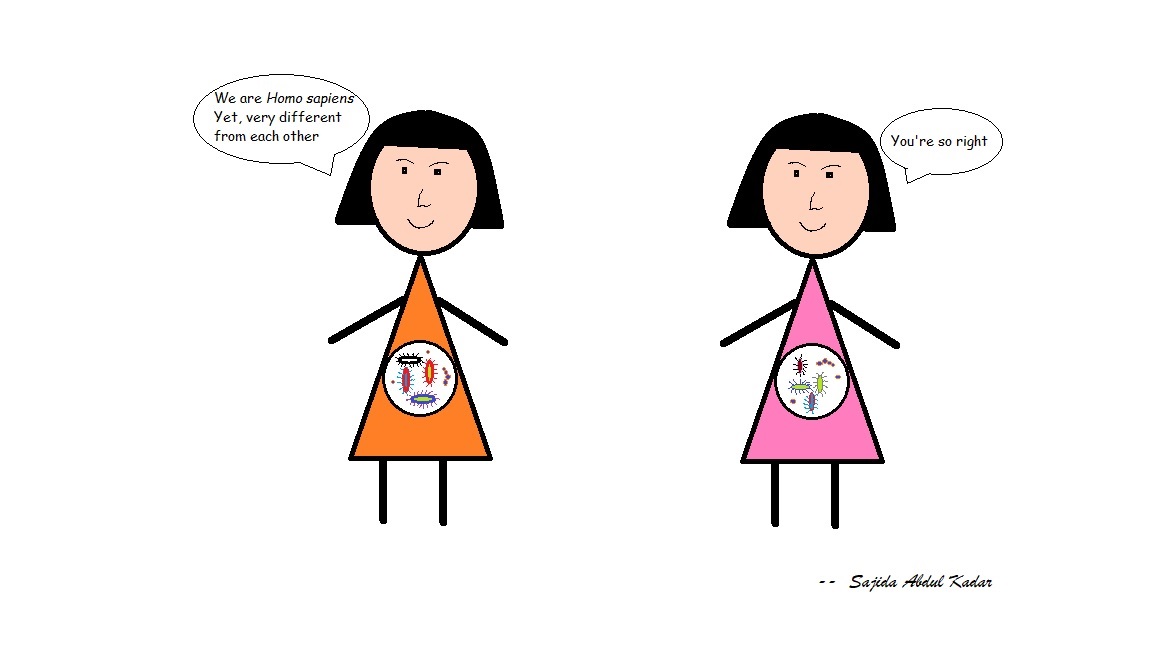
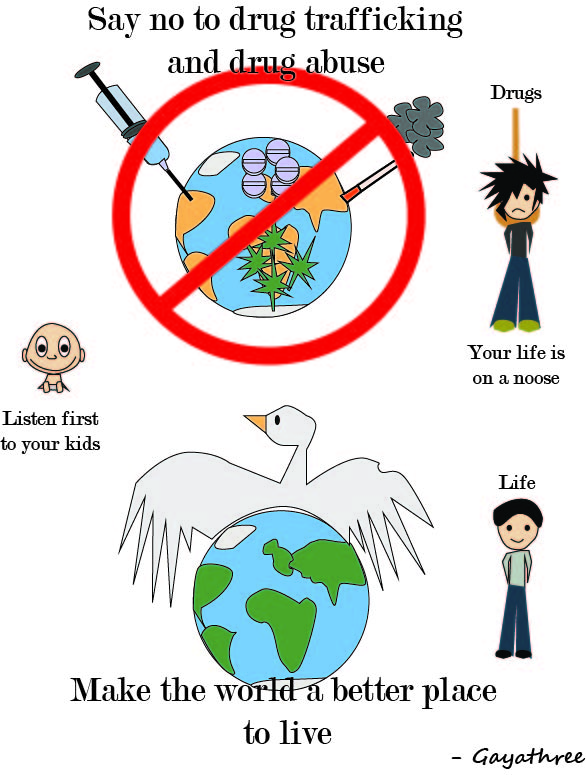
 Gayathree K. is a research scholar at Center for Systems Biology and Molecular Medicine, Yenepoya Research Centre. She is working on proteomics and metabolomics analysis of neurodegenerative disorders.
Gayathree K. is a research scholar at Center for Systems Biology and Molecular Medicine, Yenepoya Research Centre. She is working on proteomics and metabolomics analysis of neurodegenerative disorders.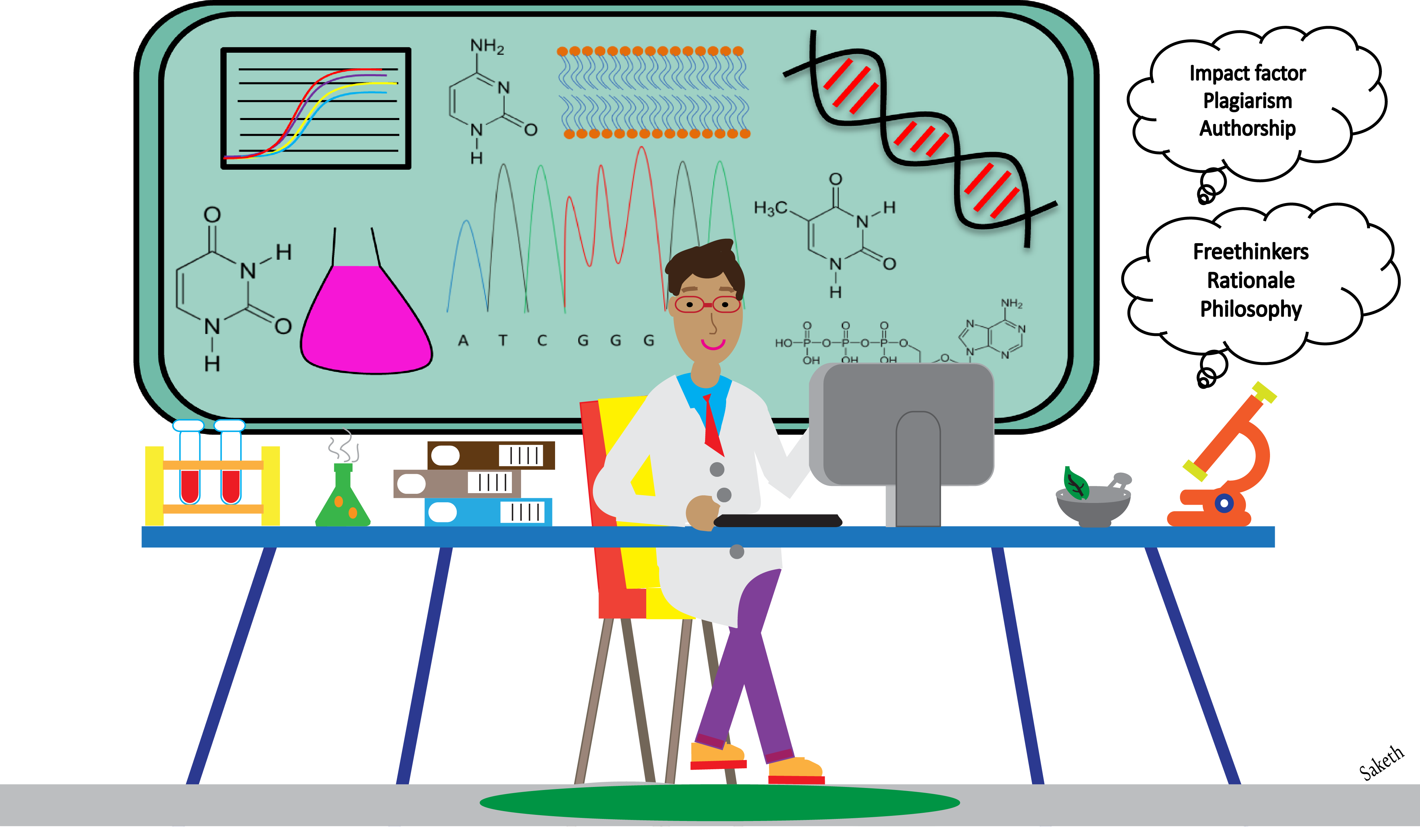
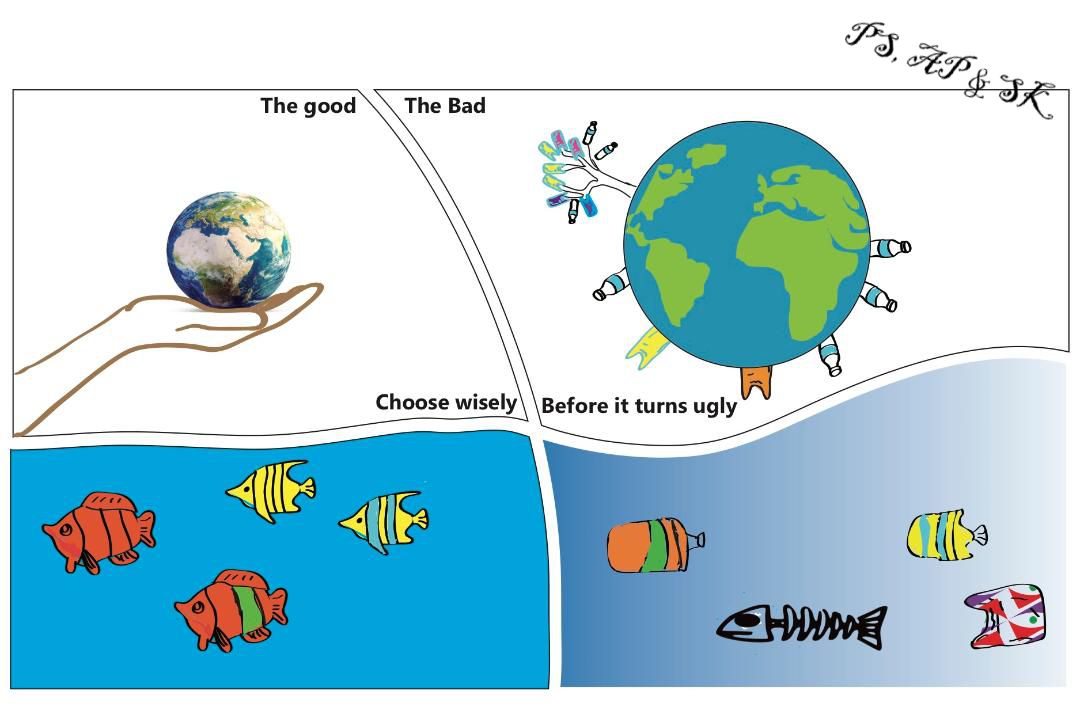
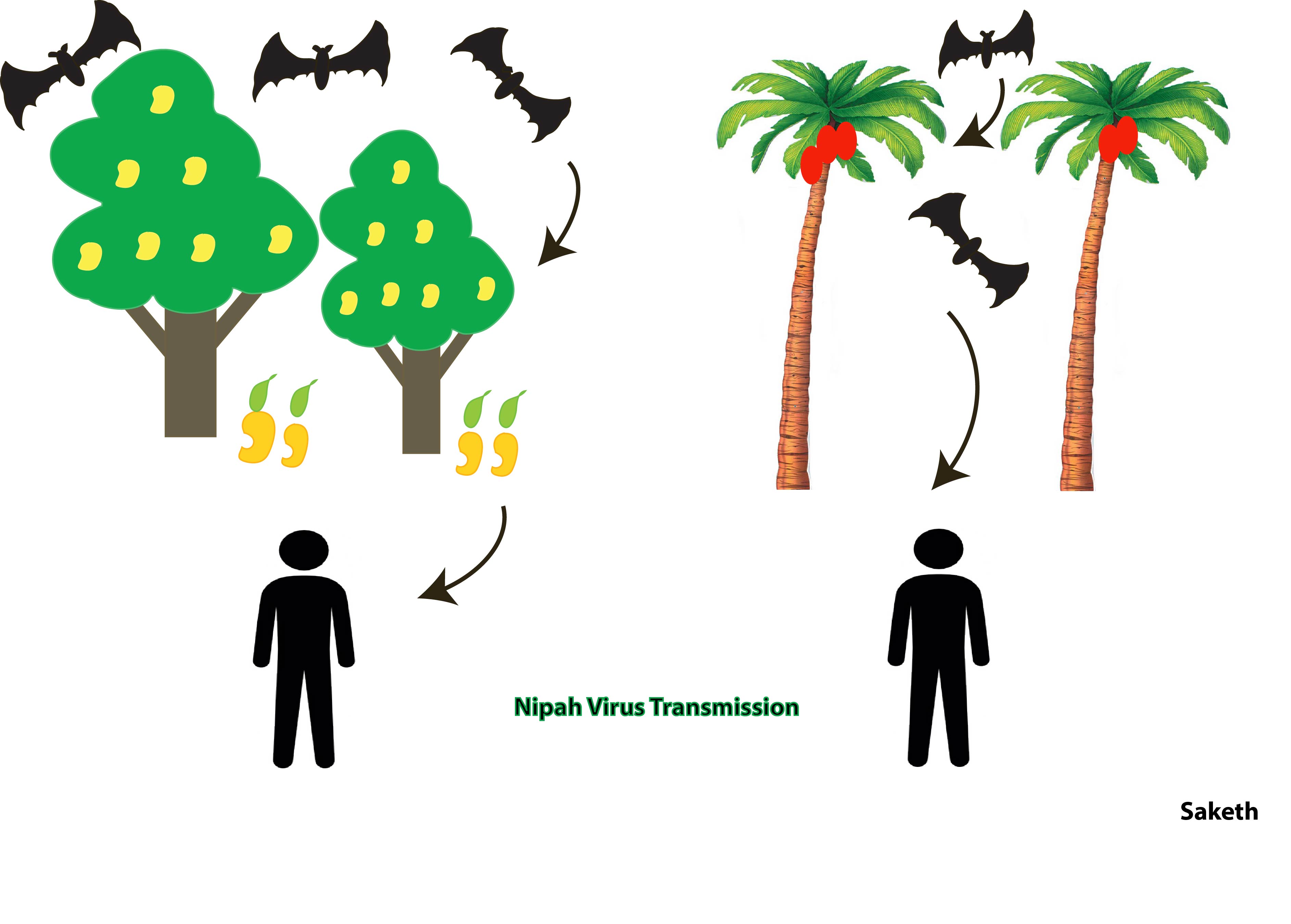
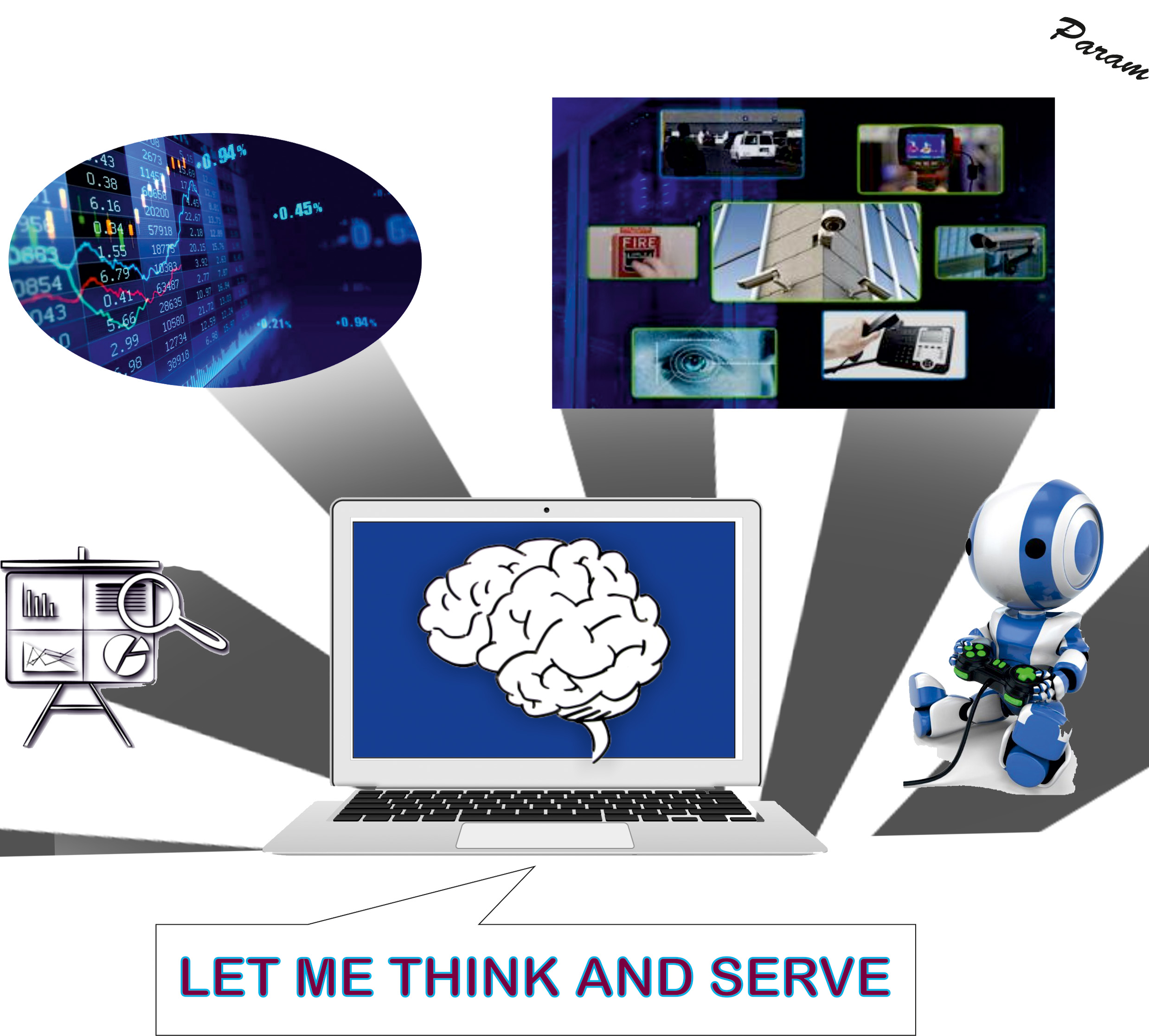
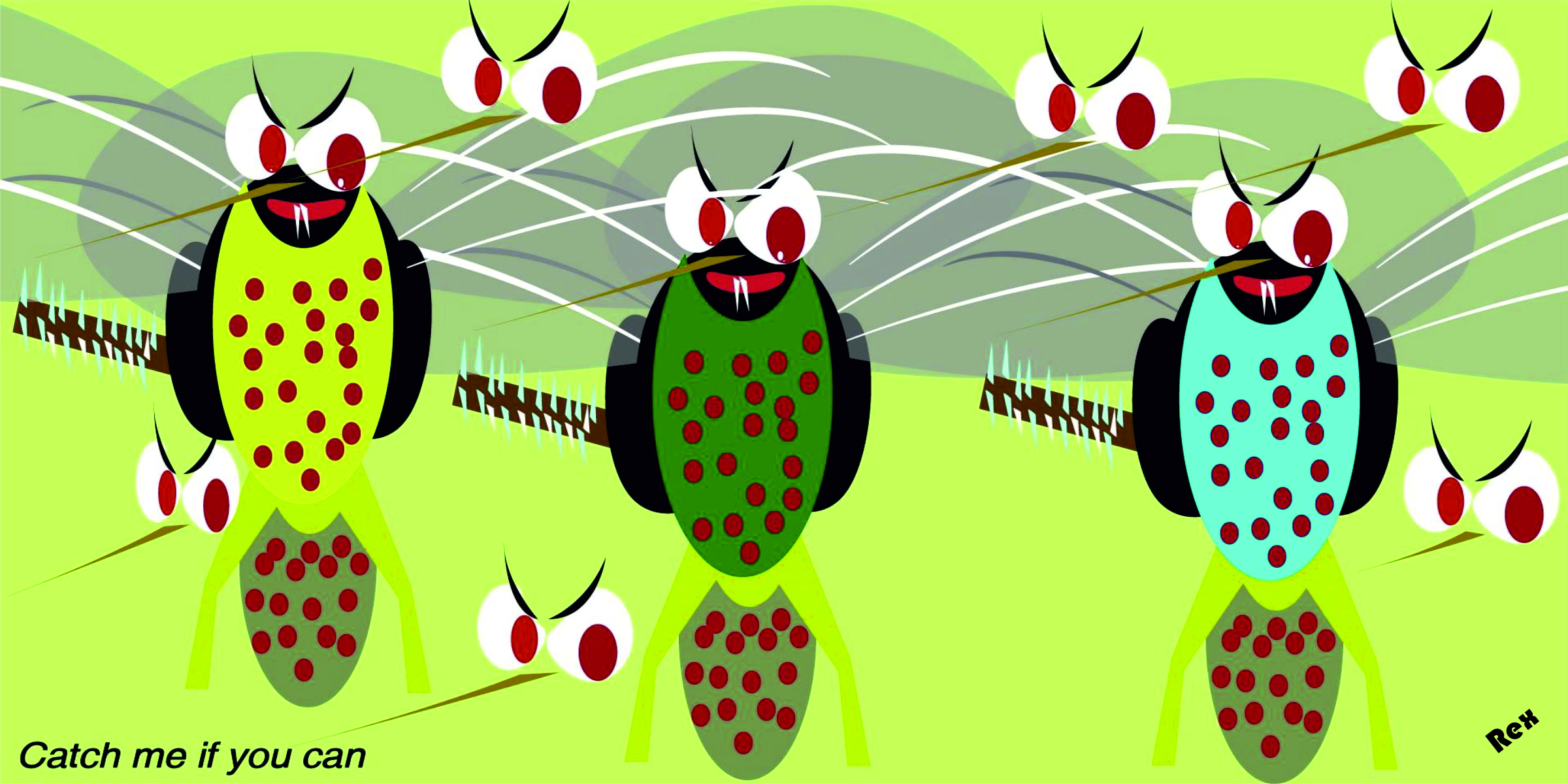
 Rex D. A. B. is a graduate student at CSBMM, Yenepoya Research Centre. Apart from spending most of his time in delineating the role of IL-33 and IL-1 beta signaling pathways, he is an avid reviewer in International Journal of Cardiology – Elsevier, OMICS and PubMed indexed journals.
Rex D. A. B. is a graduate student at CSBMM, Yenepoya Research Centre. Apart from spending most of his time in delineating the role of IL-33 and IL-1 beta signaling pathways, he is an avid reviewer in International Journal of Cardiology – Elsevier, OMICS and PubMed indexed journals.